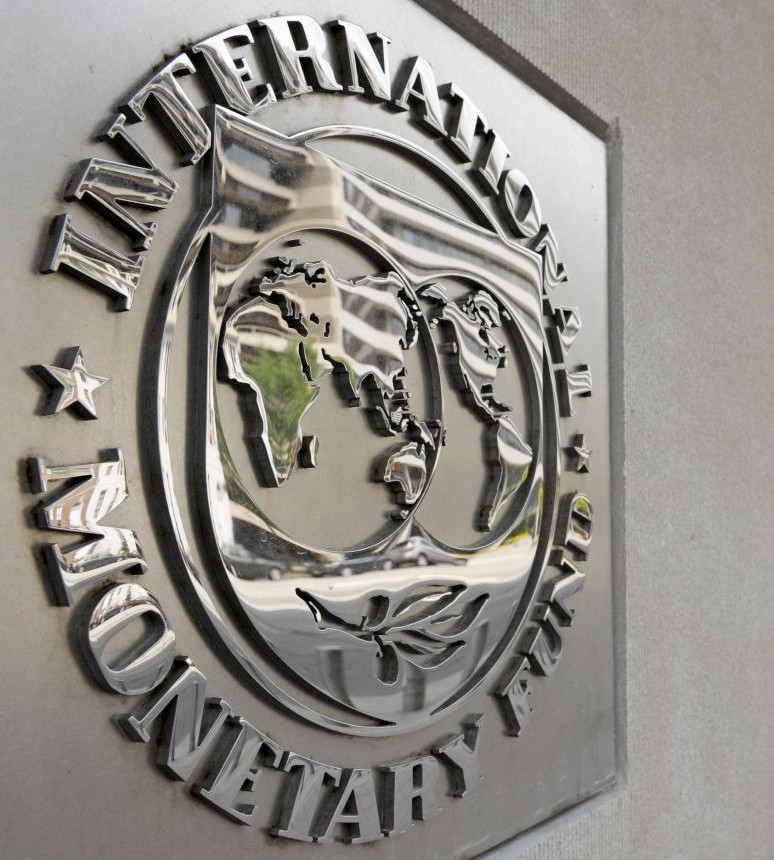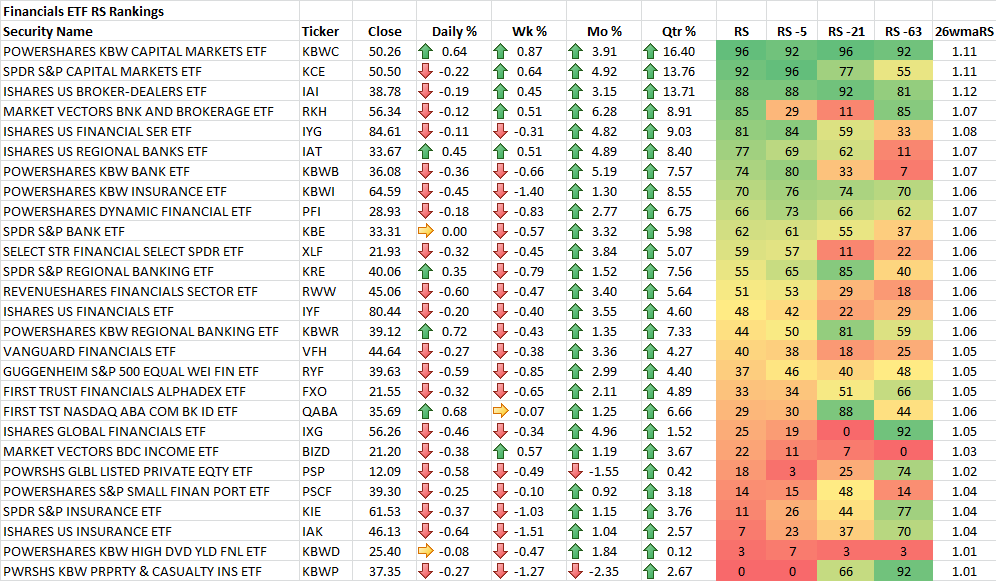Digging Deeper Into International ETFs
Post on: 1 Май, 2015 No Comment

Now, just about anyone can short Malaysian stocks or bet on Brazil while sitting in the living room. That’s the power that international exchange-traded funds bring to small investors.
The iShares family of ETFs includes funds that represent more than 20 individual foreign markets, as well as a range of regional and global sector indexes. Since all of these funds trade just like stocks, you can buy and sell them as easily as shares of IBM. And since ETFs are passively managed, expense ratios are relatively low.
But with this new power comes some responsibility. Just because ETFs make it easier to access international markets doesn’t mean that global investing is any easier. You still need to do your homework. With international ETFs, it’s particularly important to know what you’re buying.
An ETF is nothing more than a basket of stocks. In the U.S. this is easy enough to understand. When you buy an ETF that tracks the Standard & Poor’s 500, for example, you pretty much know what kind of companies you’re getting– Microsoft. General Electric. Coca-Cola. all the usual suspects. And you can also be pretty confident that you’re getting broad, well-diversified exposure to the U.S. economy.
Overseas, it gets a lot more complicated. Not only are the names less familiar, but the index that the ETF’s portfolio is based on may have some strange characteristics. Take the iShares Belgium Index. which tracks the MSCI Belgium Index. That index has a 57% weighting in financial services. Three stocks–Fortis. KBC Group and Dexia –make up nearly half of the portfolio. I doubt anyone who lives in Belgium would even invest this way.
Mexico is another good example. About 40% of the iShares Mexico portfolio consists of just two stocks: America Movil and Cemex. I happen to think these are both great companies. But they’re both listed on the New York Stock Exchange, so the ETF isn’t really helping us access anything exotic. And if you’re looking for broad exposure to Mexico, it seems odd to put so much emphasis on cellphones and cement.
I’m not saying there’s anything wrong with these ETFs. Just make sure you’re actually getting stocks that fit with your investment outlook. If not, you might be better off either doing your own stock-picking or buying an actively managed fund.
Consider the iShares FTSE/Xinhua 25 fund. It’s been red hot, up more than 30% year-to-date. I’m very bullish on China, but I don’t like this fund. China’s banking system is a mess, and about a third of FXI is in the financial services sector. Another 40% of the fund is in smokestack or commodity sectors like industrials, oil and gas, and basic materials. While those areas have performed well in the past, they’re starting to look a little tired.
The theme I really want to tap into is the growth of the Chinese consumer, but there’s not much in FXI that lets me do that. I’d also rather invest in companies run by Chinese entrepreneurs than by state-run dinosaurs. FXI falls short here, too. As a result, I’d much rather buy individual names like China Mobile. Focus Media and China Medical Technologies .

International ETFs are especially useful if you’re trying to gain exposure to smaller markets that would otherwise be costly or prohibitive to access on your own. Singapore. Malaysia and Taiwan are three examples that I’m bullish on right now. These Asian “tigers” have been somewhat neglected due to all the hype over China and India. But they’re still a very important part of Asia’s broader growth story.
Unfortunately, it’s very hard for most investors to access these markets. And there aren’t many great companies from these places listed in the U.S. in the form of American Depositary Receipts. In this situation, the ETFs are ideal investment vehicles.
Regional ETFs are another interesting option. The iShares S&P Europe 350 fund is a great way to get broad exposure to the largest blue chips in the U.K. and Continental Europe in a single security. Asian and Latin American regional ETFs are also worth a look.
ETFs are a great addition to the international investor’s tool kit, along with ADRs and mutual funds. But it’s important to understand how ETFs are constructed to use them to your advantage. Always check carefully to see exactly what’s in the portfolio before you invest. Otherwise, you might wind up with the wrong tool for the job.
Send comments and questions to newsletters@forbes.com .














